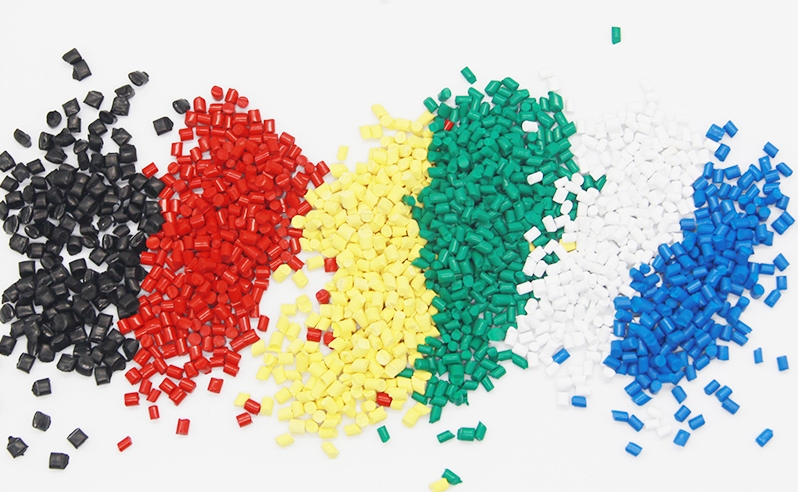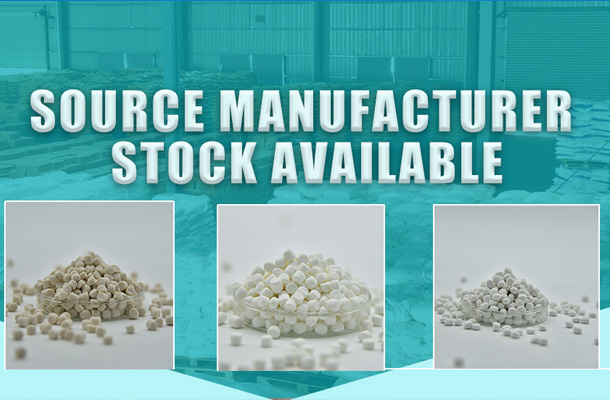The manufacturing process of masterbatches typically involves several stages to ensure efficient dispersion of pigments or additives within a polymer carrier resin. Here's a general outline of the process:
Preparation of Pigment Dispersion:
- Wet Grinding: For pigments that require high dispersion quality, wet grinding using ball mills, bead mills, or attritors may be employed. This involves mixing pigments with water and dispersants, grinding to reduce particle size, and then stabilizing the dispersion.
- Drying: Once the pigment dispersion is ready, it needs to be dried to remove moisture, often using spray drying or vacuum drying techniques.
Blending & Premixing:
- The dried pigment powder, along with any required additives (e.g., UV stabilizers, antioxidants), is blended with a portion of the carrier resin to create a premix. This step enhances the homogeneity of the mixture before extrusion.
Extrusion:
- The premix is fed into an extruder, where it is melted and compounded with the remaining carrier resin under controlled temperature and shear conditions. The extruder consists of a barrel with heating zones, a screw for material conveyance and mixing, and a die for shaping the output.
- Single Screw vs. Twin Screw Extruders: Depending on the complexity of the formulation and the desired level of dispersion, either single screw or twin screw extruders can be used. Twin screw extruders offer better mixing and can handle more complex formulations.
Pelletizing:
- The molten mixture exiting the extruder is cooled and cut into small pellets or grains using a pelletizer or underwater cutting system. This forms the final masterbatch product.
Quality Control:
- Finished masterbatch pellets undergo quality checks for color consistency, dispersion quality, and physical properties like melt flow index and bulk density.
Packaging:
- The masterbatch pellets are then packaged into bags or containers suitable for shipping and storage.
Each stage of the process is critical and may involve adjustments based on the specific requirements of the final application, such as the type of polymer being colored, the desired color intensity, and the performance characteristics needed in the final product. Advanced technologies like computer-controlled extrusion systems and sophisticated dispersion equipment further refine the process to achieve high-quality masterbatches.








